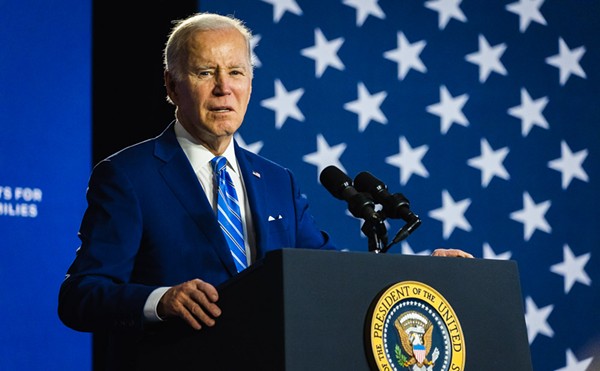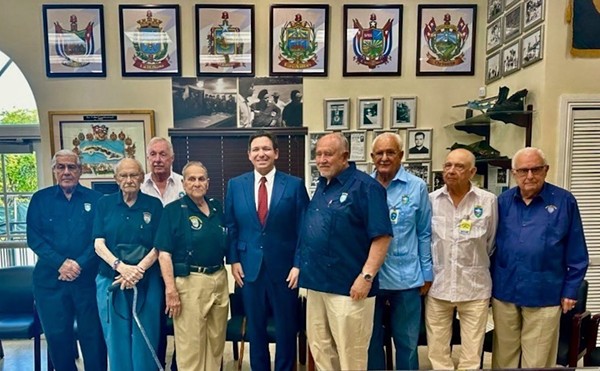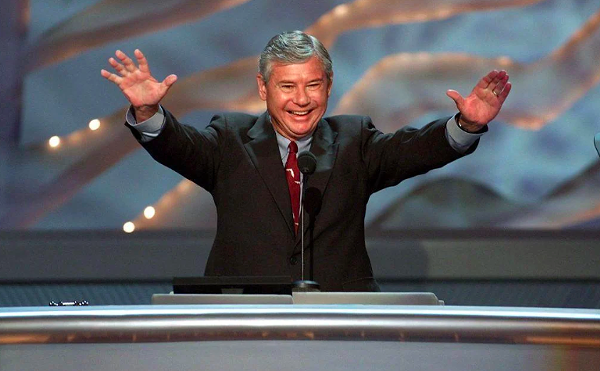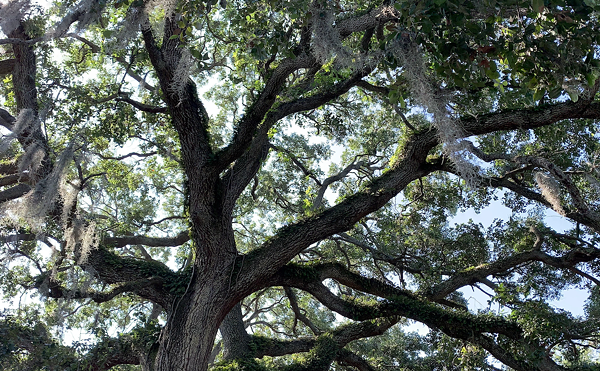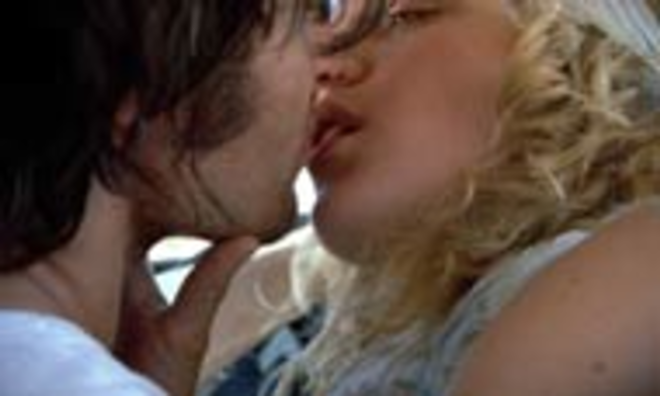
Believe it or not, there was a time when likening something to the experience of "watching wallpaper dry" was considered less than complimentary. This was, of course, way back in the days before 24/7 webcam surveillance of coeds clipping their toenails while watching actual wallpaper dry. Back before a sitcom could become immensely popular for being about nothing at all, before people began calling themselves slackers and an entire subculture was generated out of a will to inaction.When and why all this happened is the subject of considerable debate, but it might just have something to do with the theory that for every action (and for every action movie) there is an equal and opposite reaction. Ergo, at one end of our pop culture spectrum, we will always have our Alien vs. Predators howling into the void and blowing smoke and various viscous substances up the collective rectum of society. At the other end of that spectrum, we have Vincent Gallo's defiantly dull The Brown Bunny, a bit of self-absorbed arthouse posturing that exemplifies flatline culture as completely as just about any movie I can think of.
This is, you'll remember, the movie that was famously reviled by audiences at the Cannes Film Festival, where Gallo threw the mother of all hissy fits after Roger Ebert pronounced the film the worst ever screened in the festival's entire history. The director has since trimmed some 30 minutes from the cut of Brown Bunny that bombed at Cannes and, as it turns out, it's not as bad as we were led to believe. At the very least, the new, "improved" version is certainly a far cry from the worst movie ever made. It's still not exactly what you'd call important cinema, though, and, truth be told, it's still a bit of a chore to sit through.
The Brown Bunny begins with the legend "A Vincent Gallo Production," which might seem accurate in that this really is a one-man show — Gallo serves as writer/ director/star/producer/editor/director of photography — but "production" somehow seems too grand a word for such a rigorously minimalist, monotonous affair. Gallo's movie is basically a doodle, not that there's anything wrong with that. Some of our best filmmakers have been doodlers, after all (Altman and Cassavetes among them), but Brown Bunny is a doodle that's also terribly self-conscious about what it's doing, which really defeats the whole purpose of doodling. Worse, the filmmaker substitutes studied narcissism for spontaneous inspiration, and his film winds up becoming little more than a blunt exercise in masturbation (in more ways than one, but we'll get to that in a minute).
On the surface — and, for my money, there's little about Brown Bunny that isn't surface — this is basically a road trip movie in the classic '60s/'70s tradition. The most obvious model here is Monte Hellman's 1971 Two Lane Blacktop, but Brown Bunny also seems to deliberately call to mind any number of films from decades past where some angst-ridden character hops into a souped-up car and cruises the highways and byways of America in search of himself or some other f-ing ineffable existential truth. The main thing that sets Brown Bunny apart from its models, outside of the fact that it's significantly less interesting than most of its predecessors, is that Gallo's movie is highlighted by a hardcore sex act that would have been unthinkable in a "serious" film screened in mainstream theaters 35 years ago. More on that later, though, because I know that's what everybody really wants to hear about.
Gallo stars as Bud Clay (as in malleable, unformed or maybe just feet of clay — get it?), a lost soul who's driving cross-country to participate in a big motorcycle race out in California. We know Bud's a lost soul because he spends so much time rubbing his eyes, looking disoriented and periodically breaking out in uncontrollable sobs for no apparent reason. There are few apparent reasons for many of Bud's actions in Brown Bunny, although the vast majority of the film is made up of wholly mundane activities that require no reasons at all. We spend a mind-numbing amount of time watching Gallo's character driving, getting in and out of his car, gassing up, eating, looking in mirrors and attending to basic bodily functions. At one point, the movie devotes a full 40 seconds to Bud taking a shower, the camera drifting in and out of focus while lingering in the general vicinity of Gallo's neck and left shoulder.
Interspersed within all of this state-of-the-art boredom are Bud's encounters with a handful of other humans, most of whom seem as inexplicably distressed and painfully inarticulate as he is. For the more literal-minded among us, Brown Bunny can be conveniently broken down into six episodes in which Bud/Gallo attempts to make contact with another living creature (and fails; each of these scenes ends with a rejection of some sort). In between the scenes featuring human beings, there are endless transitional shots of driving and more driving, or maybe it's the other way around. Maybe the people are the transitional devices and the real show is the driving.
Anyway, in four of the scenes involving humans, Bud has uncomfortable encounters with women named after flowers (Violet, Lilly, Rose, Daisy). In one scene he sits at a kitchen table and exchanges banalities with his ex-girlfriend's elderly, addle-brained parents, and in another scene he looks with great yearning at fuzzy little animals in a pet store. (Yes, Virginia, the titular brown bunny does exist in this film, not that it matters.) In each of these scenes, even though nothing much happens, no one seems to know what to say or how to respond and the awkwardness just builds and builds until it's nearly unbearable.
It all ends in California, where the road ends and where Bud hooks up with ex-girlfriend Daisy (Chloë Sevigny, in a role that's clearly intended as symbolic, although of what I haven't a clue) and has some of that aforementioned hardcore sex in a hotel room. The sex is certainly explicit (this is the notorious scene that earned Brown Bunny its NC-17 rating), but even here it's mostly unintelligible mumbles, sobs (plus some erupting fluids), and the movie simply doesn't achieve the catharsis it's after. Gallo might want to bare his soul but only succeeds in baring his erect penis, an unsatisfying effect amplified by a last-minute plot "twist" that feels like M. Knight Shayamalan trapped in a pornographic art flick.
If there is some message in all of this, I'm guessing that it's something along the lines of you can't go home again, not that anyone in the film seems to have had much of a home to begin with. Luckily those of us in the audience can go home, however, and some of us struggling to sit through the tedious excesses of The Brown Bunny may just choose to exercise that option well before the final credits roll. All of a sudden Alien vs. Predator isn't looking quite so bad anymore.






